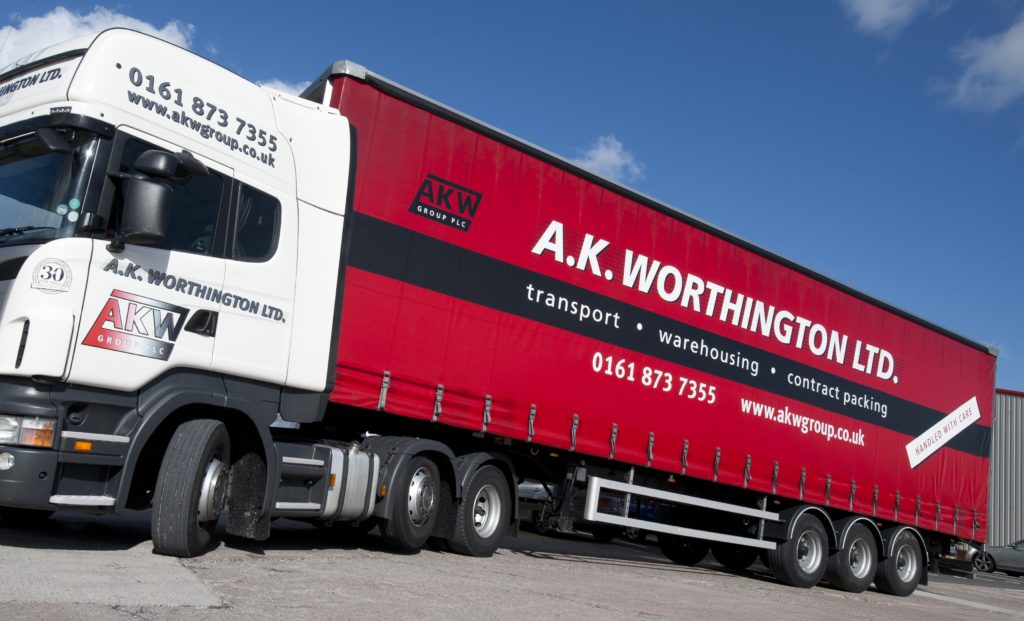Freight Modalities (1): Road

The main modes of transport can be roughly divided into surface and air modalities. Sea, rail, road (ship, train, and truck, respectively, generally speaking) make up the surface modalities. Aircraft (fixed-wing and rotor) are the air modalities.
In the United Kingdom and the European Union, road transport is the principal method for national and international freight movement. The convenience of road transport is so great that it outweighs most cost factors. Road transport enables point-to-point collection delivery. Large vehicles can carry bulk to warehouses or central distribution centres, where bulk is broken and smaller orders can be delivered by smaller trucks or vans to commercial or private addresses. In many cases however, it is possible for large trucks to deliver goods directly to the customer without need for distribution centres. Is this flexibility that makes road transport cost and time effective.
The following sums up the advantages and disadvantages of freight by road.
Advantages of Road
- In most European countries, point-to-point collection and delivery is possible by truck.
- When combined with ferries and tunnels, road transport offers point-to-point international collection and delivery.
- Transport by road is by far the fastest modality over short distances.
- The driver’s direct and constant control and proximity to the cargo provides security.
- Backhaul (also known as “return loads”) increases marginal costs in favour of the haulier.
- Full vehicle loads require less handling than consolidated loads.
- Road transport is a 24-hour option.
- Changes to routes and drivers is permissible and advantageous in the event of changes due to accident or other forms of interruption. This level of flexibility is not offered by any other transportation mode.
- Entry into the driving profession is standardised, reasonably affordable, and relatively easy (unlike aircraft piloting or train driving), allowing for a large pool of eligible drivers to be accessed on an ad hoc basis if necessary.
- Vehicles can act as roving advertising space, promoting the haulier or its clients to other road users. Recognisability results in cost free public relations.
Disadvantages of Road
- Traffic congestion erodes time efficiencies and incurs cost; fuel and drivers’ hours are spent while the vehicle is idling.
- The size of large goods vehicles sometimes prevents them from accessing delivery and collection points.
- Restricted height bridges and poor road infrastructure may require costly bypassing.
- There is strong social pressure to reduce the environmental impact of road transport.
- UK and Dutch hauliers face competition from foreign-based independent drivers who can fuel their vehicles in countries where fuel prices are considerably lower.
- Diesel engines, while not as polluting as combustion engines, still produce environmentally destructive emissions.
- Tracking and road haulage companies suffer from bad publicity. The high level of visibility of large goods vehicles on roads that are dominated by family sized vehicles means that in the event of incidents, trucks, by dint of their size, are the most visible participant.
- Fuel price fluctuations impact considerably on road haulage pricing.
- The regulatory conditions imposed by standards such as the CPC incur cost and are poorly received by independent drivers and companies who have to pay drivers driving hours to attend classroom sessions.
- Legislation concerning driving hours is perceived by many drivers and their companies as unduly penalising and unnecessary.
